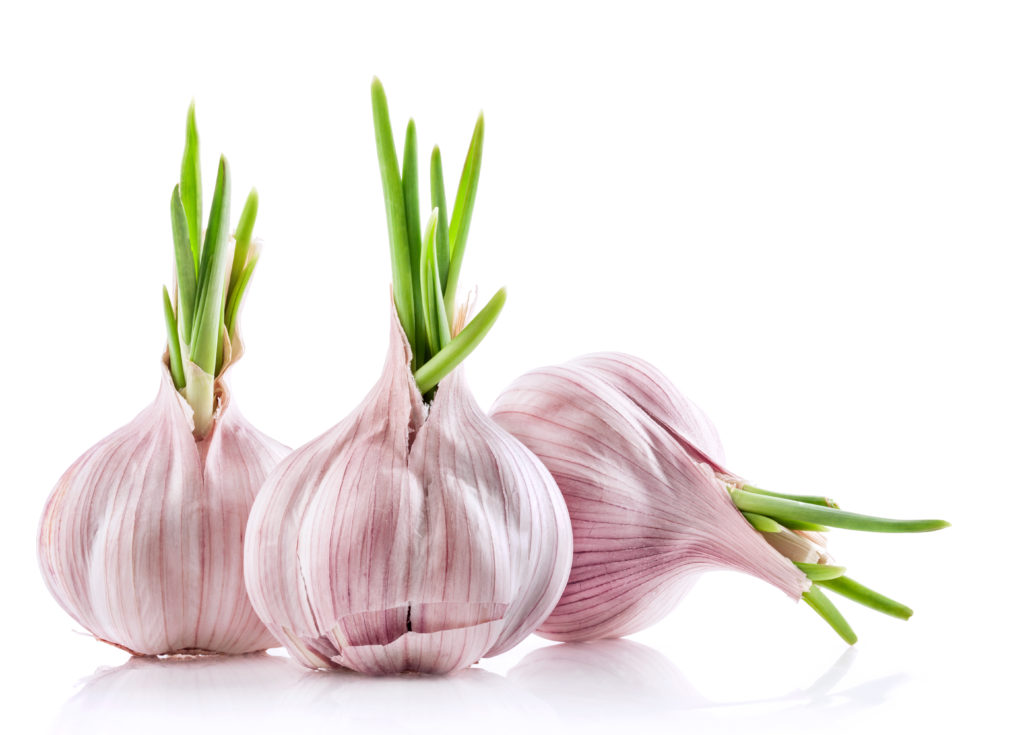Q. I’ve been told that I should plant my tomato plants at least halfway up the stem. Why should I do this?
A. I’m a strong advocate of planting tomatoes deep. I’ll leave the top two sets of leaves above the ground and bury the rest of the plant, which is much deeper than what you’re told. I also prefer to plant a tall leggy tomato rather than a short compact plant. Roots develop on the buried herbaceous stem establishing a larger plant more quickly. They can be grown vertically in a traditional cylinder shape hole or horizontally in a trench.
With either method, I’d remove all the leaves on the portion of the stem that’s buried. The leaves get in the way as you backfill and compact the soil around each plant.
In the beginning, these plants are less affected by heat stress as the majority of the root ball is insulated from the sun. The next issues are the soil drainage and watering frequency. Clay soils traditionally drain slowly and stay wet for long periods. The amount of organic matter at planting time does improve the water percolation. However, it is safe to say that the soil in most vegetable gardens is not over amended. Most of the amendments or organic matter is found in the top six to eight-inch layer. Tomatoes like to be kept moist but not soggy wet. They also have a deep root system. Their roots will extend far beyond the amended layer, so the watering frequency is necessary. Young tomato plants whose roots are close to the soil surface are watered often. As the plants mature, the watering pattern continues, and problems develop. It’s not necessary to water those plants that are planted deep often. As tomato plants grow, the water volume increases, but the watering frequency should not be static. Because our temperatures change weekly, so should your watering schedule. We certainly know to increase the water when it is hot, but we haven’t learned to reduce the volume when it is mild to cool. So, it is not out of the ordinary to skip watering during cool weather. The critical point to successfully growing tomatoes is learning when not to water.
Q. For the past couple of years, the size of my garlic is getting smaller and smaller. I’m looking to switch to a different type of fertilizer this year. I’m considering ‘Manure Tea.’ Could you explain what ‘Manure Tea’ is and how you go about using it?
A. With underground edibles, such as garlic, onions, carrots, beets, etc., you have to be careful with the fertilizer type you apply. Frequent feeding with a high nitrogen fertilizer will produce disappointing results. These types of fertilizers make lush top growth while the underground portion is undersized. Nitrogen is the first number in the fertilize analysis found on every fertilizer. You’ll find this information on the front panel of the packaging. I suspect that this is the cause of your problem with the small or undersize garlic. Organic type fertilizers and Manure or Compost Tea is ideal for root crops as the nutrient percentages are low. Manure or Compost Tea is simply the nutrient-rich liquid resulting from a container of animal manure or compost and water. It’s a favorite fertilizer of organic gardeners. A simple method of making Manure or Compost Tea is as follows. You fill a five-gallon can or larger with one-quart solid material and the balance water. You let it sit for four to six days in a sunny location, stirring the mixture several times.
Some gardeners will use burlap or cheesecloth and place the organic matter in it, drawing up the side and tying it up much like a tea bag hence the tea reference. When you’re done, drain off the dark liquid and then dilute it with water until it’s a light amber color. This liquid is poured around plants as a liquid fertilizer. You can go online and find a more elaborate system or kits available. So yes, you should consider the Manure Tea this year. Also, I wouldn’t be supplementing this with any other type of commercial fertilizer as you may run into the same problems again.
Q. I’m looking to plant three tree roses to line a walkway and wondering how far apart should they be planted? Also, do they require any special care?
A. Tree Roses are typically spaced four feet apart. That would be four feet from the center of one variety to another and two feet off the walkway; however, they can be placed further apart to make them visibly pleasing or closer. Also, keep in mind the type of rose you’re planting. Grandiflora and Hybrid Tea varieties are large bushes and should be planted farther apart than a Floribunda. This should prevent growth from co-mingling. If they do, you can control the side growth by pruning them in the winter and growing season. Tree roses are treated no differently than a bush rose, except there growth starts not at the ground but four feet off the ground at the graft. So, I five-foot high bush rose could get to be very tall as tree roses. You prevent this by pruning it after every flush of flowers. Also, they need to be staked to support the main stem. The stake that comes with a tree rose is not adequate enough. The top of the stake should be right under the bud union and go six to eight inches in the round. Tree roses are susceptible to blowing over and breaking during the windy summer months.

Leave a Reply